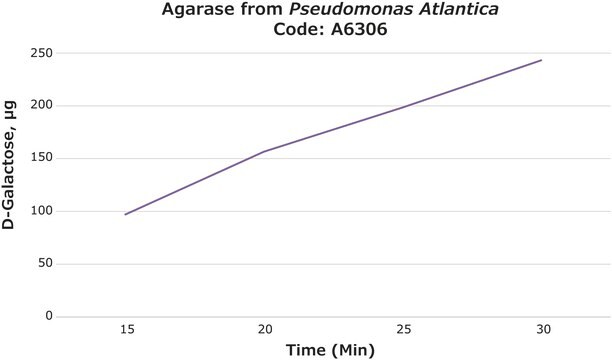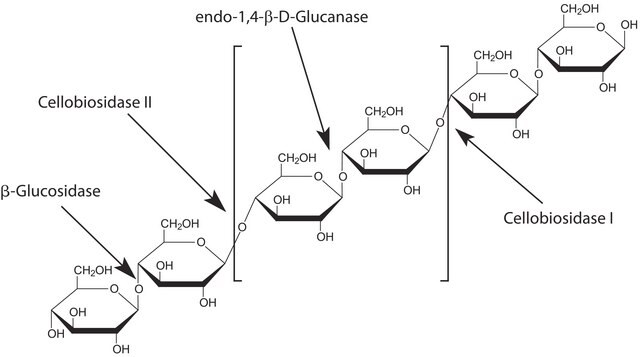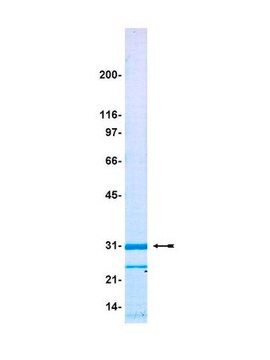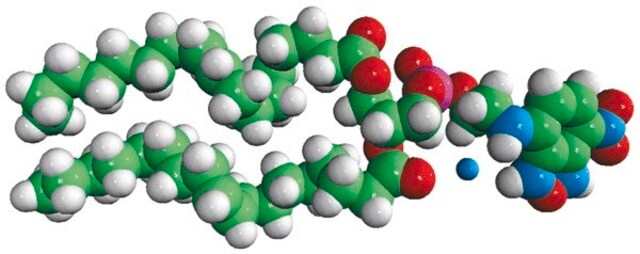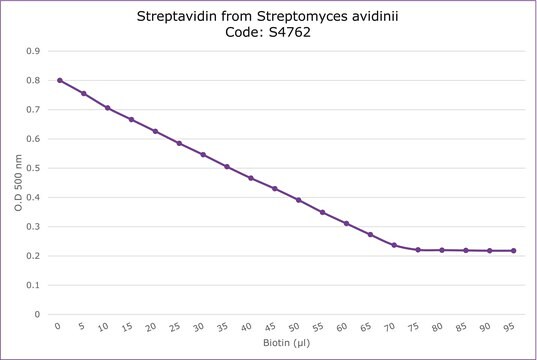F1010
Anti-Mouse Polyvalent Immunoglobulins (G,A,M)−FITC antibody produced in goat
affinity isolated antibody, buffered aqueous solution
Sign Into View Organizational & Contract Pricing
All Photos(1)
About This Item
Recommended Products
biological source
goat
Quality Level
conjugate
FITC conjugate
antibody form
affinity isolated antibody
antibody product type
secondary antibodies
clone
polyclonal
form
buffered aqueous solution
technique(s)
direct immunofluorescence: 1:256
storage temp.
2-8°C
target post-translational modification
unmodified
Related Categories
General description
Immunoglobulins are proteins produced by B cells in response to antigen and regulate response to bacteria, and viruses. IgG is the main antibody type found in plasma and extracellular fluid and has a pivotal role in complement fixation and placental transport. IgA has a crucial role in mucosal immunity as it restricts pathogens from entering the mucosal membrane. IgM is the largest antibody having a pentameric structure which regulates polyreactivity and removes apoptotic cells. Anti-mouse polyvalent immunoglobulins (G,A,M)−FITC antibody can be used in direct immunofluorescence and immunoelectrophoresis. Goat anti-mouse polyvalent immunoglobulins (G,A,M)-FITC antibody reacts specifically with mouse IgG, IgA, or IgM.
Immunogen
Purified mouse IgG, IgA and IgM
Application
Anti-mouse polyvalent immunoglobulins (G,A,M)−FITC antibody can be used in immunohistochemistry and flow cytometry.
Applications in which this antibody has been used successfully, and the associated peer-reviewed papers, are given below.
Immunofluorescence (1 paper)
Immunofluorescence (1 paper)
Physical form
Solution in 0.01 M phosphate buffered saline, pH 7.4, containing 1% bovine serum albumin and 15 mM sodium azide.
Disclaimer
Unless otherwise stated in our catalog or other company documentation accompanying the product(s), our products are intended for research use only and are not to be used for any other purpose, which includes but is not limited to, unauthorized commercial uses, in vitro diagnostic uses, ex vivo or in vivo therapeutic uses or any type of consumption or application to humans or animals.
Not finding the right product?
Try our Product Selector Tool.
Storage Class Code
10 - Combustible liquids
WGK
WGK 2
Flash Point(F)
Not applicable
Flash Point(C)
Not applicable
Certificates of Analysis (COA)
Search for Certificates of Analysis (COA) by entering the products Lot/Batch Number. Lot and Batch Numbers can be found on a product’s label following the words ‘Lot’ or ‘Batch’.
Already Own This Product?
Find documentation for the products that you have recently purchased in the Document Library.
A C Cunningham et al.
Immunology, 86(2), 279-286 (1995-10-01)
The role of major histocompatibility complex (MHC) and adhesion molecule expression by alveolar epithelium on the modulation of immune responses in the lung is not understood. We have developed efficient methods to isolate, purify and culture human alveolar epithelial cells
Daniel Růzek et al.
Virus research, 137(1), 142-146 (2008-07-08)
We undertook a comparative study of the susceptibility of different tick cell lines to infection with the European subtype of tick-borne encephalitis virus (TBEV), prototype strain Neudoerfl. The growth of TBEV was investigated in lines derived from vector Ixodes ricinus
A Gonzalez-Ruiz et al.
Journal of clinical microbiology, 30(11), 2807-2813 (1992-11-01)
Approximately 10% of the world population is infected with Entamoeba histolytica, but only 10% of the carriers develop symptomatic amebiasis. This discrepancy could be explained by the genotypic differences between the morphologically indistinguishable invasive and noninvasive strains of E. histolytica
S P Wang et al.
Journal of clinical microbiology, 29(7), 1295-1298 (1991-07-01)
A new method for determining the serovars of Chlamydia trachomatis isolates by utilizing fluorescent-antibody staining of inclusions in cell culture is described. Monoclonal antibodies which have been successfully used previously for serotyping in the microimmunofluorescence test were employed. The cell
María Mónica Remedi et al.
International journal of experimental pathology, 90(1), 44-51 (2009-02-10)
The tumour microenvironment, which is largely composed of inflammatory cells, is a crucial participant in the neoplastic process through the promotion of cell proliferation, survival and migration. Neutrophil polymorphonuclear cells (PMNs) induce inflammatory reactions that can be either cytotoxic for
Our team of scientists has experience in all areas of research including Life Science, Material Science, Chemical Synthesis, Chromatography, Analytical and many others.
Contact Technical Service